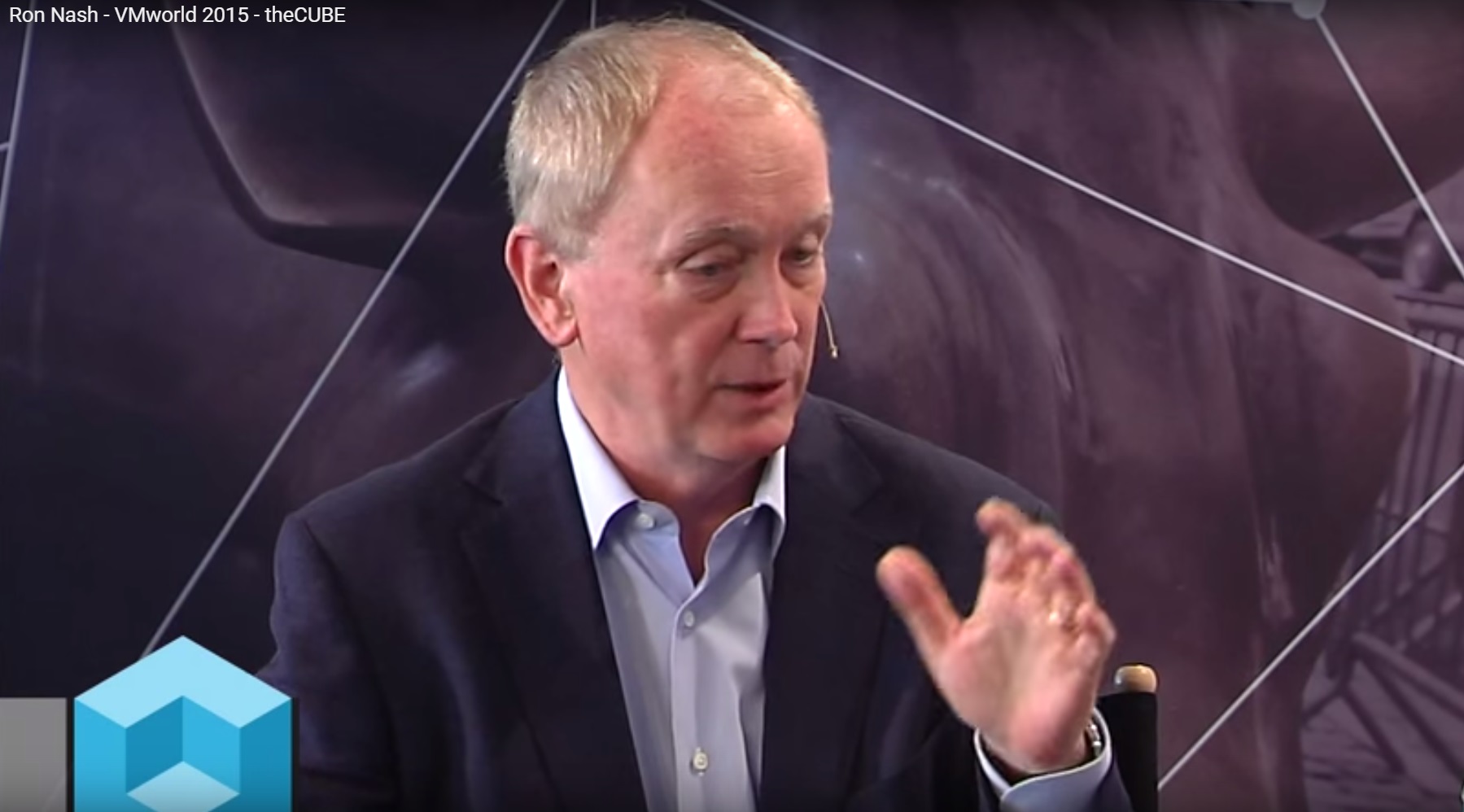 NEWS
NEWS
 NEWS
NEWS
 NEWS
NEWS
The intersection of storage and compute is taking over the data center world. Ron Nash, CEO of Pivot3, Inc., talked with Wikibon Cloud Computing Analyst Brian Gracely, cohost of theCUBE, from the SiliconANGLE Media team, at VMworld 2015 about the trends in hyperconverged data center architecture.
“It is a trend that is pervasive, and it is a trend that people are saying is going to be responsible for taking over something like half the processing and data centers worldwide in a very short period of time,” Nash said. “So that makes it a massive market, probably the biggest market that I’ve ever seen in my career. And it also says that the companies in it will be highly valued; they’ll have fast revenue traction. But it’s early in the process.”
Right now, the majority of the differentiation is in software, in “taking the platforms that Google and Facebook and a lot of the web-scale companies pioneered and taking them over and bringing them into the enterprise.” Many companies have worked to bring “all the things an enterprise would need to be able to trust and run their stuff off of it” to the consumer cloud. But Pivot3 has taken a different approach.
“We came at it very differently, because our founders were storage experts,” Nash explained. “And so it was like a 30-man team over five years to get our storage part of this running. And then we added on the processing parts and the other parts later on pretty quickly.”
This has allowed Pivot3 to design its services with enterprise in mind, focusing on the aspects of performance that matter to large-scale companies.
“If you look at it, there’s three things you need to think about in performance,” Nash said. “There’s the processing performance, the storage performance and the scalability …. What’s difficult to do is what we’ve done, which is, the more servers you throw on, our processing gets better, our performance gets better, our storage efficiency gets better, our scalability gets easier, versus bogging down.”
Rather than replacing half an infrastructure overnight, Nash has found that the best way to convince CIOs and companies to switch has been one piece at a time.
“Once they get it, and they get it in, they see that this stuff stays up. It doesn’t go down; it protects their data,” he said. “We have great fail overtype activity so it just stays up and runs, and that makes a big difference to them. And then they can say, ‘Oh, I’ve got to put another application on,’ and then they start loading it up.”
Watch the full interview below, and be sure to check out more of SiliconANGLE and theCUBE’s coverage of VMworld 2015.
THANK YOU